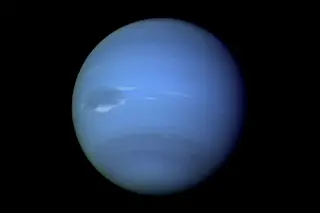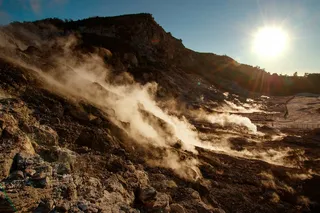A Voyager 2 image of Neptune, captured 4.4 million miles from the planet. (Credit: NASA/JPL) An armada of spacecraft keep a constant watch on the Red Planet. But the ice giants — Uranus and Neptune — were explored close up for a matter of days in the 1980s. Mark Hofstadter of NASA’s Jet Propulsion Laboratory hopes to change that. He’s been tasked with studying the merits and engineering requirements for a major mission to study these outer solar system worlds. The space agency’s head of planetary sciences, James Green, announced the potential mission in 2015 and said its final cost should be less than $2 billion. Past flagship missions include Cassini, Galileo, and Voyager.
By the end of this year, Hofstadter’s team will create a list of science goals for a mission to Uranus and/or Neptune, and provide the space agency with an initial game plan for what such a ...














